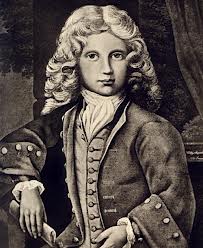|
||
|
Mozart wrote his C minor piano concerto in the spring of 1786, breaking off work on the Marriage of Figaro and completing it on 24 of March. He gave the first performance of it two weeks later at a concert in Vienna’s Burgtheater. This was to be his last important appearance as a soloist. Although the concerto is one of his greatest achievements in the genre even prompting Beethoven to remark to his friend the pianist John Cramer "we shall never be able to do anything like this", Mozart was nevertheless falling out of fashion with the Viennese audiences. The concerto uses a large orchestra, including clarinets, trumpets and timpani, creating what Alfred Einstein called "an explosion of the dark, tragic, passionate emotions." The subtle main theme of the first movement creates a mood of uncertainty having chromatic shifts which takes it through all twelve notes of the scale. After the dramatic orchestral introduction the piano enters quietly bringing an element of pathos to the movement. Orchestra and piano weave a variety of different textures sustaining the mood of dramatic tragedy. The second movement forms a strong contrast to the first. In Alfred Einstein's eloquent description it "moves in regions of the purest and most affecting tranquillity, and has a transcendent simplicity of expression." It is a rondo movement with a theme of great lyrical beauty, simplicity and directness. The final movement is a set of variations which returns to the dramatic intensity of the first movement. Here Mozart's inventiveness is at its best, taking us through a range of emotional and dramatic contrasts. Some of the variations are sad, some are childlike, some cheerful and some majestic. Unusually the movement ends in the minor key. Mozart's 24th Piano Concerto was performed by the Portobello Orchestra on the 23rd November 2013. The soloist was David Ward and the orchestra was conducted by Matthew Rogers. back |

